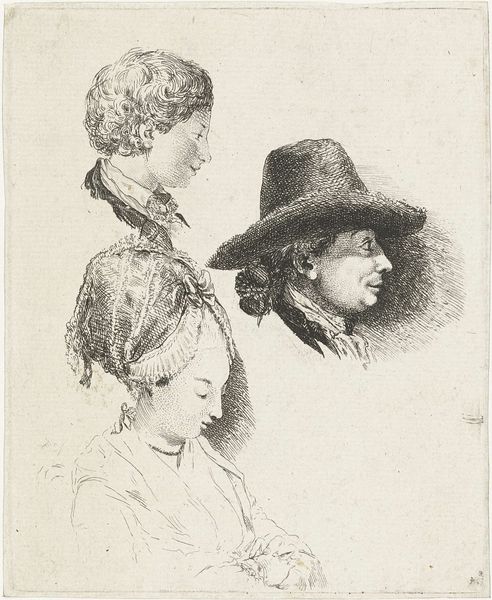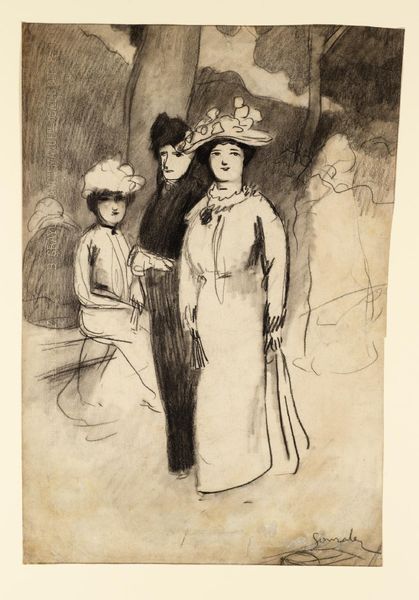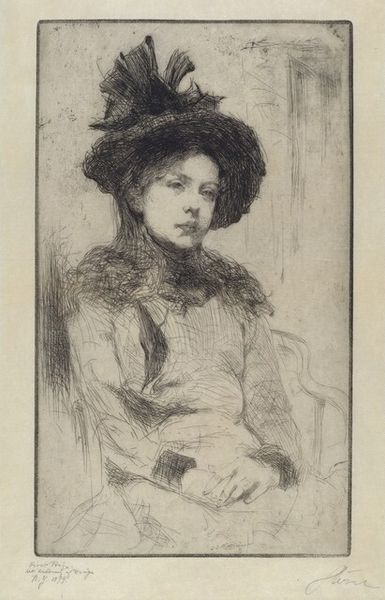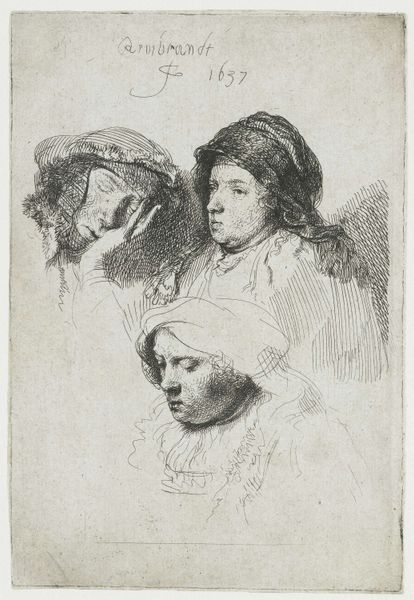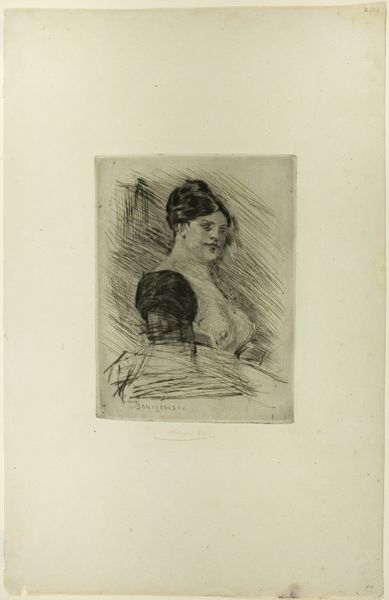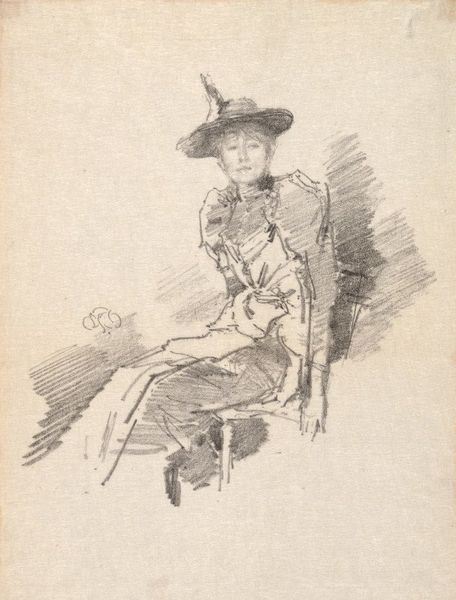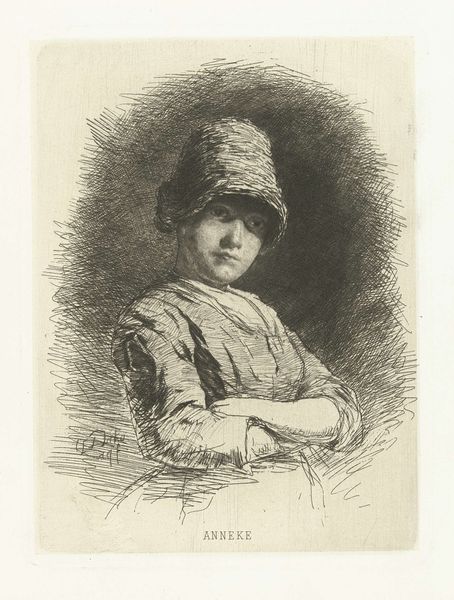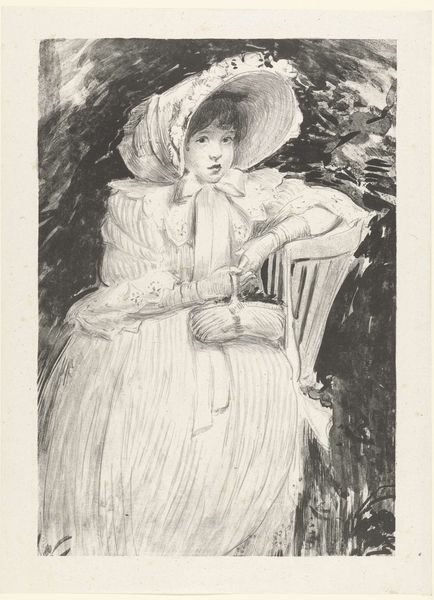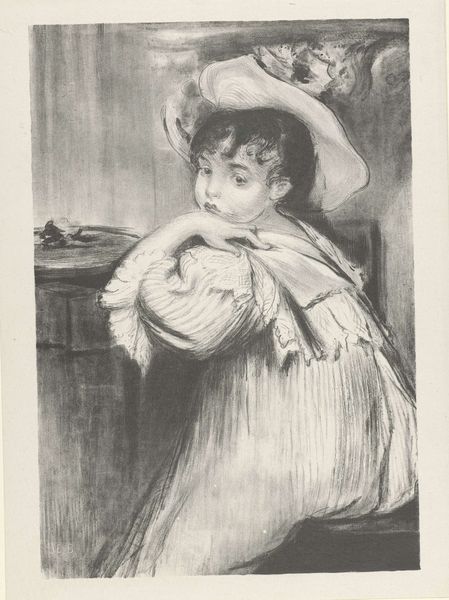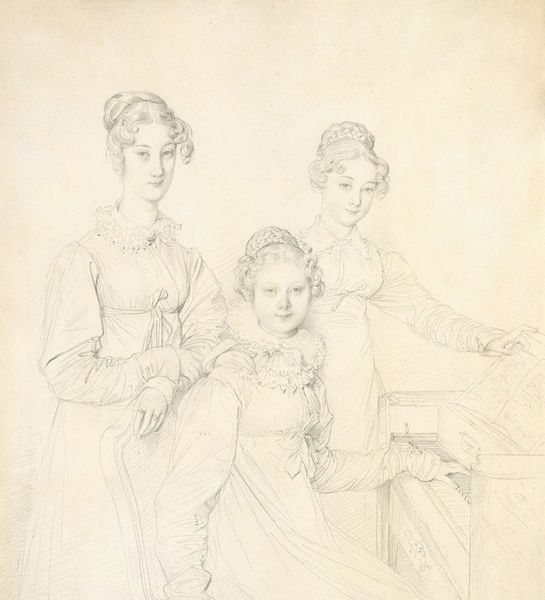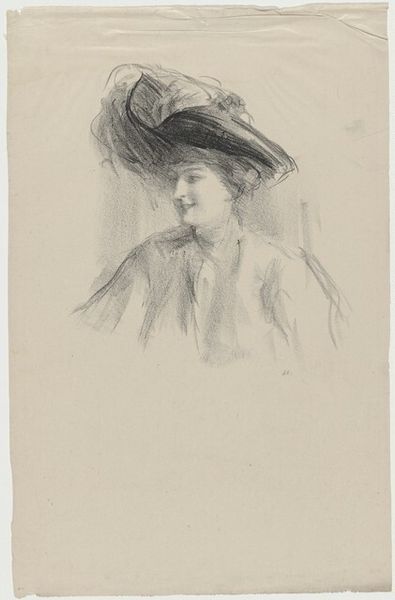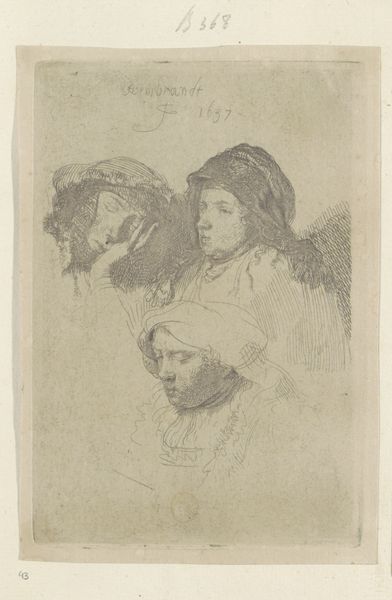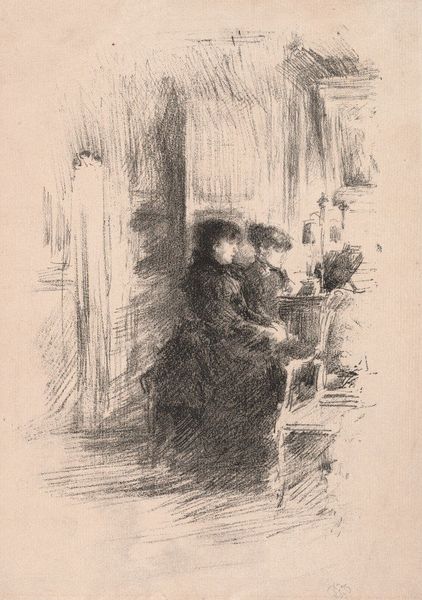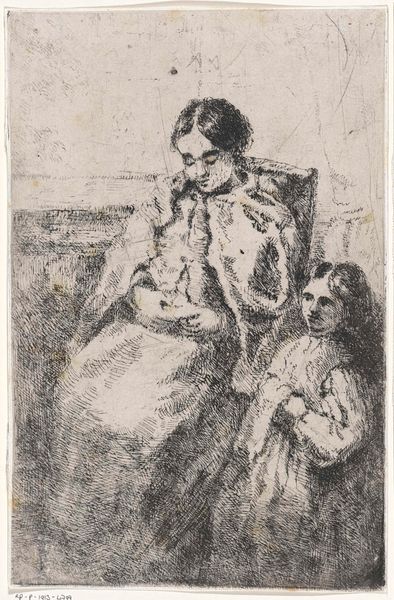
drawing, lithograph, print, etching, paper
#
portrait
#
drawing
#
neoclacissism
#
self-portrait
#
lithograph
# print
#
etching
#
paper
#
group-portraits
#
academic-art
#
realism
Dimensions: height 159 mm, width 128 mm
Copyright: Rijks Museum: Open Domain
Editor: Here we have Louis Bernard Coclers’ "Studieblad met portretten van Louis Bernard Coclers en zijn familie," a drawing from 1780. It's composed of portrait sketches in what looks like etching, lithograph and maybe print. There’s a familiar quality to it, almost like looking at old family photos... so personal and immediate. What story does this sheet of studies tell, do you think? Curator: That’s a very astute observation! Considering the period – the late 18th century – and the rise of Neoclassicism, the artwork shows an artist very interested in capturing the intimacy of family life and placing himself within that frame. Family portraits were becoming increasingly popular, weren’t they? Who do you imagine the artwork primarily meant to address? Editor: Possibly other members of the Coclers family? Maybe the prints or drawings were handed out like calling cards to promote Coclers work? Curator: Precisely. Look at how Coclers presents himself. By including his family, he elevates himself through the domestic sphere, presenting himself as not just an artist but as a patriarch and a cultured man. Academic art in general worked to reinforce class structures, even through the depiction of the 'bourgeoisie' or emerging middle classes. Doesn't the realism itself play a kind of role in this? Editor: I hadn't considered that. The detail almost makes it feel documentary, like a record. I initially thought of them as preliminary studies; seeing them as statements changes how I look at each line. Curator: Yes, seeing them in the context of societal changes, you can think how artists responded to new ideas. Instead of seeing just images, we observe social values, too. What is more, this work underscores the self-portrait's enduring role as a way for artists to control their narrative and position within society. Editor: So, from sketches, they become active participants in a broader conversation! That's a completely different way of thinking about portraits of families during this time. Thank you. Curator: Absolutely, it’s wonderful how context transforms how we see even seemingly simple works. It changes everything, doesn't it?
Comments
No comments
Be the first to comment and join the conversation on the ultimate creative platform.
